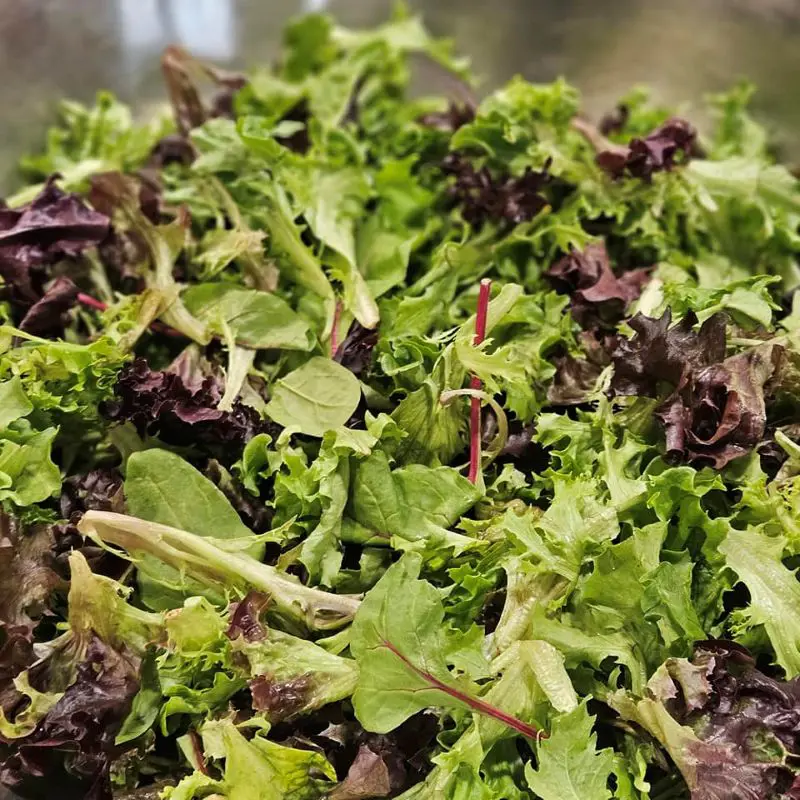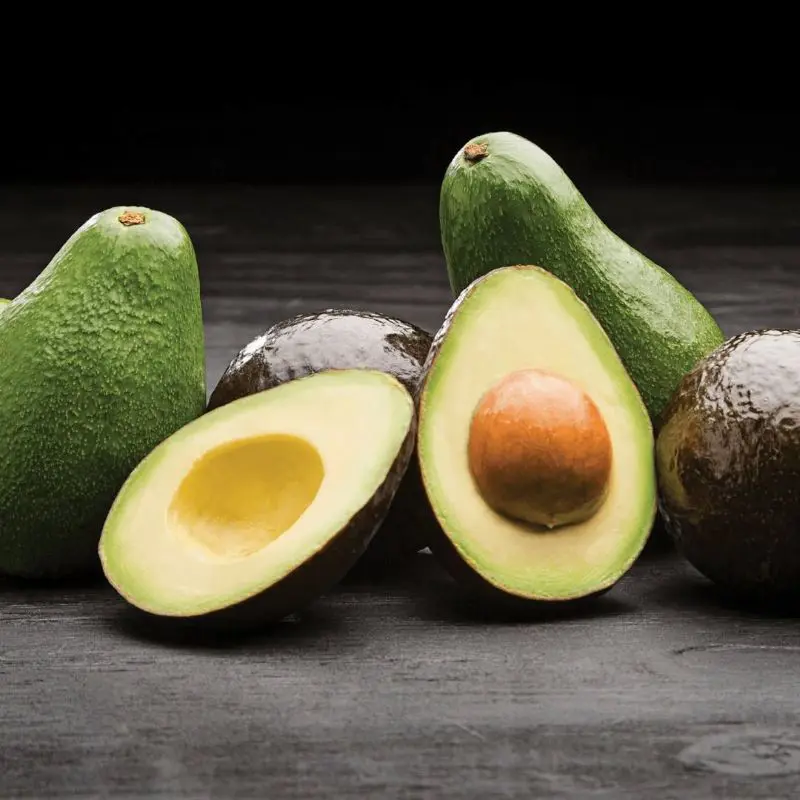Autism And Diet: The Best And Worst Foods

In recent years, there has been a lot of priority on the fact that there could be some link between diet and Autism Spectrum Disorder (ASD). Many parents and caregivers are in the hope of food that could enhance the quality of life of their affected ones. Unfortunately, there is no special diet that can cure or treat autism however; there are foods available that may help to control the symptoms leading to a healthier life.
In this article, we will explore what types of meals should be ingested or avoided by people with autism to improve their quality of life.
Understanding The Autism-Diet Connection
In autism research, the gut-brain connection is a developing area of interest. Extending evidence specifies that the gut microbiome- the collection of bacteria in the digestive system may impact brain function and behavior. Many children and adults with autism have had symptoms of gastrointestinal diseases including bloated abdomen, constipation, or diarrhea. These challenges highlight the necessity of a diet that supports gut health and overall well-being.
While no diet can treat autism, some foods, and dietary patterns may partially reduce symptoms and increase concentration and social skills. On the other hand, some foods may cause symptoms of anxiety or agitation, as well as gastrointestinal problems. In essence, knowledge of diet implications is the first step toward the improvement of autism.
Best Foods For Autism
The addition of nutrient-rich foods into the diet of autistic people is one of the best decisions, as it holds amazing nutrition and delivers positive effects. Below we have discussed a few foods that are often recommended.
1. Fatty Fish

Fish such as salmon, mackerel, and sardines are loaded with omega-3 fatty acids, especially Docosahexaenoic Acid (DHA), which are crucial for brain growth and function. These wholesome fats help enhance focus, reduce inflammation, plus support overall cognitive development. While serving, you can simply try plating these fish grilled or baked with mild seasoning to retain their nutritional value.
2. Grass-Fed Beef
High-quality proteins like grass-fed beef and organic chicken provide vital amino acids required for neurotransmitter production. These meats also possess zinc and iron, which are often lacking in individuals with autism. The clean protein source helps maintain stable blood sugar levels, potentially diminishing irritability and mood swings.
3. Leafy Green Vegetables

Spinach, kale, and other leafy greens are packed with folate, iron, and antioxidants. These nutrients support healthy brain function and help protect against oxidative stress, which some research suggests may be elevated in individuals with autism. Try incorporating them into smoothies or preparing them with healthy fats to improve absorption.
4. Fermented Foods
Probiotic-rich foods like kimchi, yogurt, kefir, sauerkraut, and kombucha support gut health by promoting beneficial bacterial growth. A healthy gut microbiome can influence behavior, mood, and even social interaction. Don't rush, start with small portions to allow the digestive system to adjust.
5. Avocados

These creamy fruits are rich in healthy fats, fiber, and vitamins E and K. They provide sustained energy and support brain health. Their smooth texture often appeals to individuals with sensory sensitivities, making them an excellent addition to meals or snacks.
6. Berries
Blueberries, strawberries, and raspberries are packed with antioxidants and fiber. These fruits can help protect brain cells from damage and support cognitive function. Their natural sweetness makes them an excellent alternative to processed sugars.
7. Nuts and Seeds

Almonds, walnuts, chia seeds, and pumpkin seeds provide essential fatty acids, protein, and minerals. These foods support brain health and provide sustained energy throughout the day. Be mindful of texture preferences and consider serving them ground or as butter for those with sensory issues.
8. Eggs
Rich in choline and protein, eggs support brain development and function. They're also versatile and can be prepared in various ways to accommodate texture preferences. Choose organic, free-range eggs for the best nutritional profile.
9. Sweet Potatoes

These orange tubers are rich in beta-carotene, fiber, and complex carbohydrates. They provide steady energy and support gut health. Their natural sweetness and smooth texture often appeal to individuals with autism.
10. Bone Brooth
This traditional food is rich in minerals, amino acids, and compounds that support gut health and immune function. It can be sipped plain or used as a base for soups and sauces.
11. Coconut Oil
Medium-chain triglycerides (MCTs) in coconut oil can provide quick energy for the brain and may help with focus and attention. It is also antimicrobial and can support gut health.
12. Quinoa

This complete protein source is rich in fiber and minerals. It's naturally gluten-free and provides steady energy while supporting digestive health.
13. Pumpkin
Rich in fiber and nutrients, pumpkin supports digestive health and provides steady energy. Its natural sweetness and smooth texture make it appealing and versatile.
14. Fresh Herbs
Herbs like basil, oregano, and rosemary provide antioxidants and support overall health. They can also make foods more appealing without adding artificial flavors.
15. Legumes
Beans and lentils are excellent sources of protein and fiber, helping to maintain energy levels throughout the day.
16. Brown Rice

A whole grain that provides fiber and energy without causing spikes in blood sugar levels.
Worst Foods For Autism
Some foods cause inflammation, worsen gut problems, or aggravate behavioral problems in persons suffering from autism. Here are some foods to limit or avoid.
1. Artificial Food Coloring
Many artificial food dyes have been associated with behavioral issues and hyperactivity. These synthetic chemicals do not have any nutritive value at all, and may in fact cause worsen symptoms in some individuals with autism.
2. Gluten-containing Foods

Not everyone with autism needs to avoid gluten, but many find that removing wheat, barley, and rye products from their diet improves symptoms and digestive health. Gluten sensitivity appears to be more common in individuals with autism.
3. Processed Sugar
High sugar intake can lead to inflammation, mood swings, and attention issues. Processed sugars provide empty calories and may disrupt the delicate balance of gut bacteria.
4. Dairy Products

Many individuals with autism show sensitivity to casein, a protein found in dairy. This can lead to inflammation and digestive issues. In some cases, it shows some benefits after eliminating dairy products from their diet entirely.
5. Artificial Sweeteners
These chemical sweeteners can disrupt gut bacteria and potentially affect behavior and mood. They offer no nutritional benefits and may cause more harm than good.
6. Processed Snack Foods
These often contain a combination of problematic ingredients like artificial colors, flavors, and preservatives. They can affect behavior and provide little nutritional value.
7. Soy Products

Unless fermented, soy can be difficult to digest and may contain compounds that interfere with nutrient absorption. Some individuals with autism may be particularly sensitive to soy.
8. Corn Syrup
This type of sugar is highly processed and can cause an unstable blood sugar level, and increased inflammation. It is a substance that is often included in processed meals and drinks. That's why, autistic should avoid those meals and drinks.
9. Food Additives and Preservatives
Chemical preservatives, artificial flavors, and other additives may affect behavior and focus. These substances offer no nutritional value and may disrupt natural body processes.
10. Caffeine
Caffeine, consumed in sodas, energy products, and coffee, enhances anxiety and affects the sleep patterns of ASD Children.
11. Fast Foods

Loaded with unhealthy fats, sugars, and additives, fast food offers little nutritional value and can worsen inflammation and behavioral symptoms.
Implementation Tips
When making dietary changes for someone with autism, consider these important points:
- Introduce changes gradually to avoid overwhelming the individual
- Pay attention to texture preferences and sensory sensitivities
- Keep a food diary to track reactions and improvements
- Work with healthcare providers to ensure nutritional needs are met
- If possible, involve the person with autism in meal planning and preparation to increase acceptance of new foods
- Be patient, as dietary changes can take time to show results
How To Feed

Feeding autistic individuals can be a complex process due to various challenges associated with autism spectrum disorder (ASD); first of all many of them have sensitive reactions and rigid eating habits. Here are some effective techniques for caregivers and professionals to facilitate a positive mealtime experience:
- Sequential Oral Sensory (SOS) Approach: This method is based on the observation of the child over a number of steps including seeing, smelling, touching, tasting, and then eating. The aim is to make the kid engage with the new food without much pressure so that they do not develop a lot of stress while building a relation to the unfamiliar foods.
- Behavioral Approach: This technique largely employs positive reinforcements in which people are encouraged when they attempt to take new foods or display desirable behaviors during a meal. Rewards can be praising their eating habits, giving stickers, or small treats that can help the child learn that I am okay to eat alongside other foods.
- Beckman Oral Motor Approach: This approach is mainly used for developing oral-motor skills that are needed in feeding, including chewing and swallowing. The strategies can include sets of movements that focus on the facial muscles helping the people in coordinating their chances of handling difficult textures in food.
- Repeated Exposure: Introducing new foods multiple times in a non-threatening manner can help autistic become more comfortable with them. This might include placing new foods near familiar ones or allowing the child to explore the food visually and through touch before it.
- Food Chaining: This strategy involves introducing new foods that are similar in texture or flavor to those the individual already accepts. For example, if a child likes fruits, you might gradually introduce different types of other fruits or smoothies without any added sugars.
- Creating a Safe Environment: Establishing a calm and predictable mealtime atmosphere is crucial. This includes maintaining a routine for meals and snacks, minimizing distractions (like screens), and ensuring the dining space is comfortable for the individual's sensory preferences.
- Visual Aids: Using visual schedules or food charts of healthy foods can help autistic individuals understand what foods will be available and when they will be eaten. This can reduce anxiety and make mealtimes more predictable.
Besides those approaches, you can simply:
- Maintain a consistent routine- serve meals at the same times and places each day
- Create a calm environment- minimize bright lights, loud noises, and other sensory distractions
- Respect food preferences while gradually introducing new foods- start with foods in familiar colors/textures
- Allow extra time for meals without any pressure
- Provide sensory accommodations like preferred utensils, plates, or seating
- Celebrate small successes and progress





